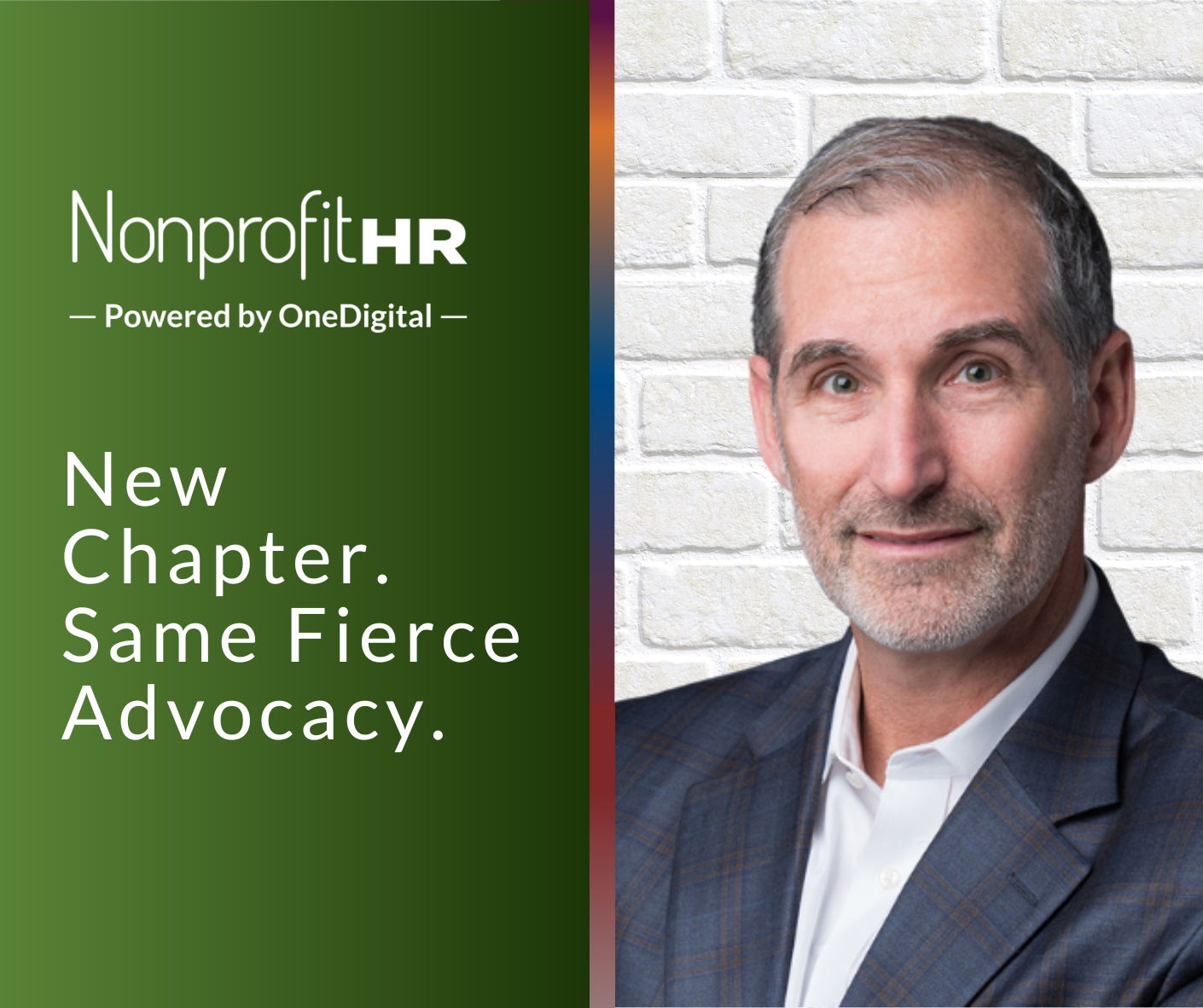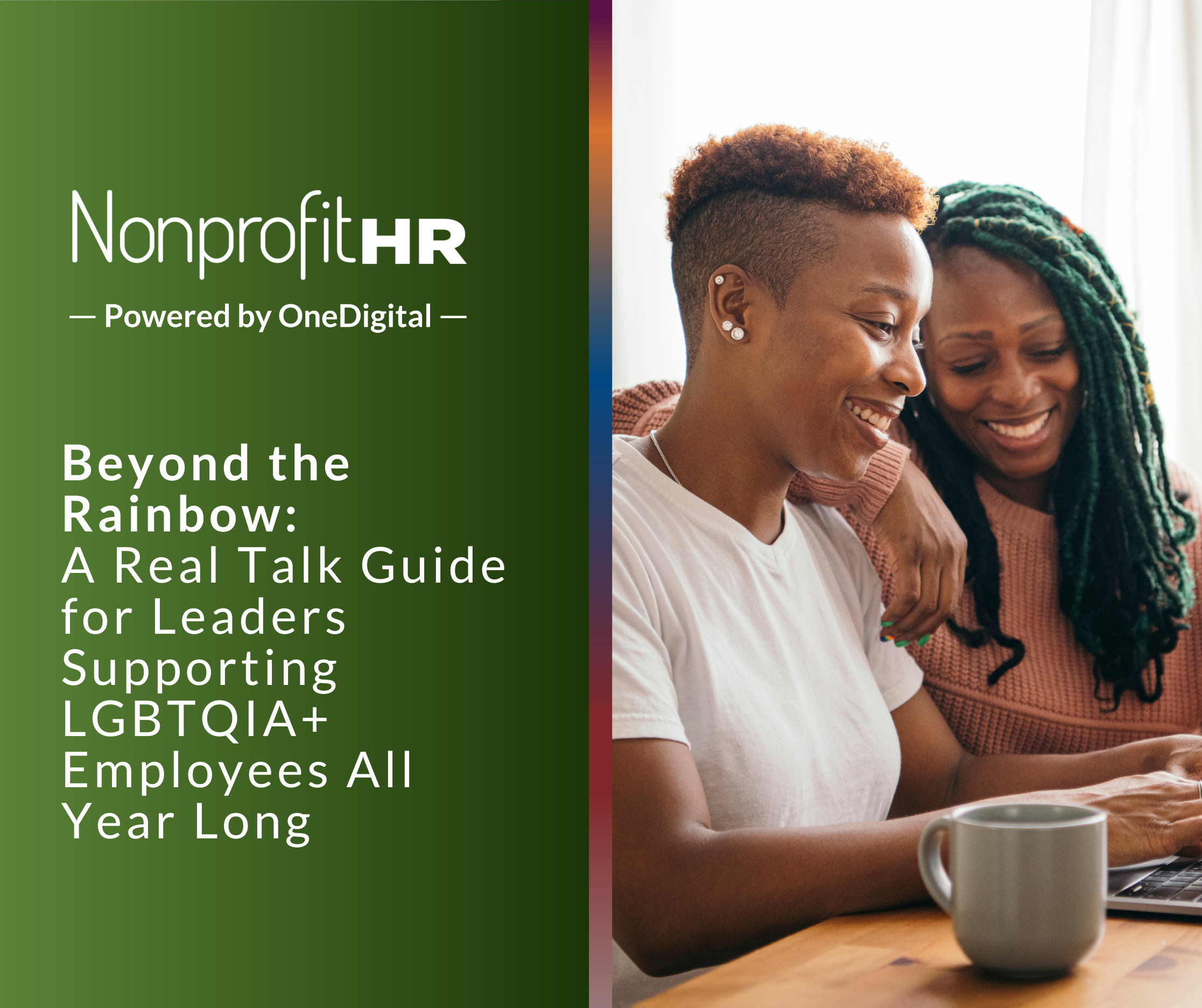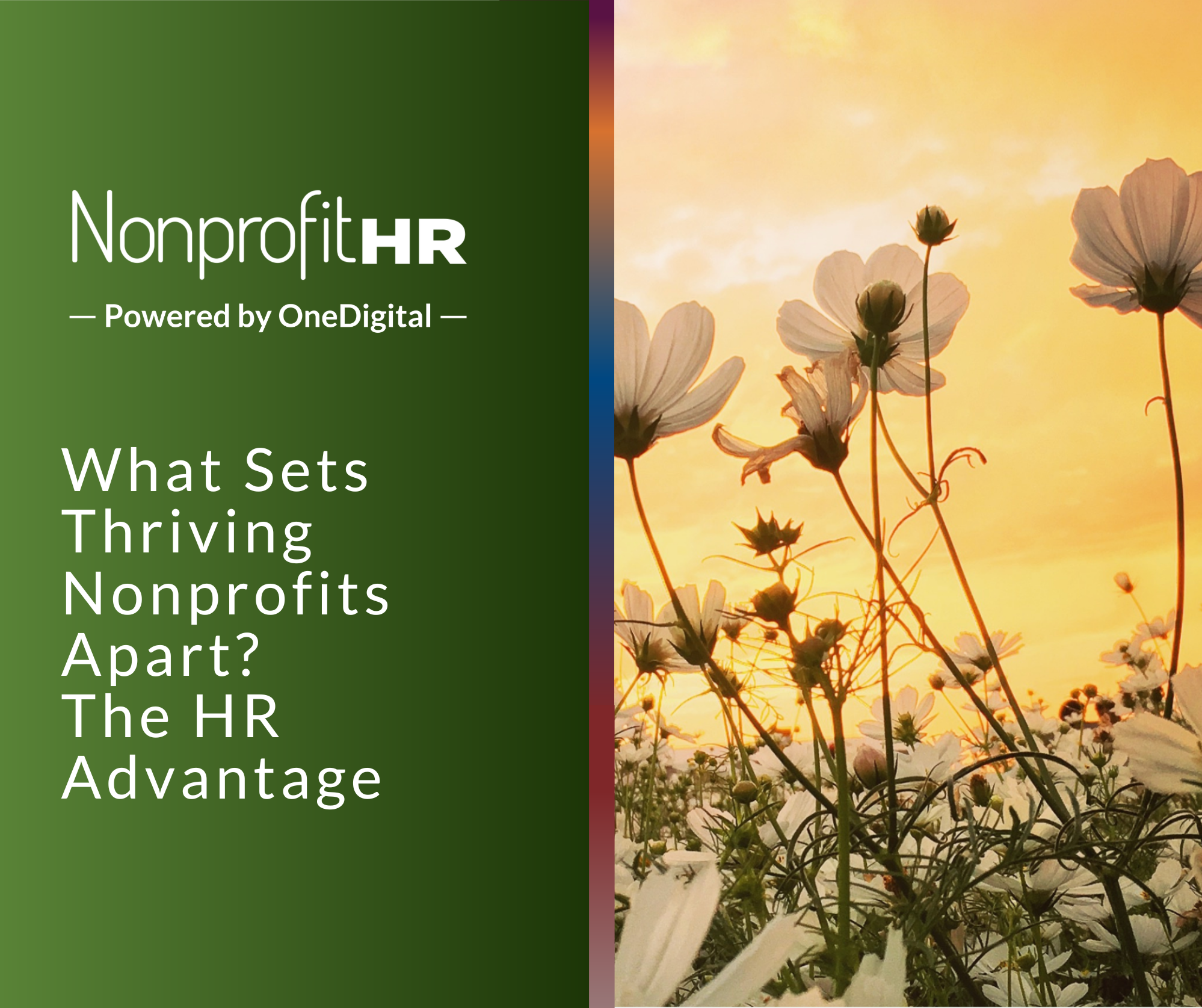WTOP: 5 ways nonprofits can…
By Leslie Walbridge
Are job boards getting in the way of both job seekers and potential employers? Nick Corcodilos argued on two separate occasions in his Ask the Headhunter column that they are. In his first piece, Corcodilos looks specifically at LinkedIn and its transition from a professional networking arena into “just another job board.” By charging employers to look at profiles and simultaneously charging job seekers to promote their profiles to employers, Corcodilos argues that LinkedIn is double-dipping. Furthermore, the only way for LinkedIn to continue profiting off this scheme is to continue having employers look for people to fill their positions while also having candidates trying to connect with employers. It is a no-win equation for both employers and job seekers. Through these schemes, LinkedIn and other jobs boards are further confusing the process of connecting employers with job seekers by muddling searches for particular skills or experience with profiles that are completely irrelevant, but whose owners paid to get to the top of your search.
Corcodilos used his second piece to point out how the system is broken and make some suggestions for improving it. “In general, employers are really bad at picking people to fill jobs,” said Corcodilos in his column, “There’s far too much focus on jobs and matching people to them, and not enough focus on cultivating and developing the talents of capable people.” In this era of instant gratification, there is a trend of taking shortcuts and looking for faster and easier ways to solve problems. In the case of the employment system, there continues to be controversy about whether tools like job boards and LinkedIn are helping or hurting employers and candidates. While it may seem as if these are wonderful resources to help you make connections faster and more easily, Corcodilos argues that “[the talent is] getting lost in a system that employers have permitted to supplant more sound, accurate recruiting methods and their own good judgment.”
So, what does he suggest we do? “Don’t find people for your jobs; create jobs for talented people.” In other words, constantly keep on alert for talented individuals and then find ways to integrate them to your team. We would be kidding ourselves if we thought that every individual with the same job title had the same strengths, weaknesses and interests. For example, one executive assistant might be a spectacular meeting planner while another is a computer whiz and can run reports in her sleep. Perhaps Corcodilos is right; we must reverse our thinking on hiring and look for talent instead of matching job descriptions.





























